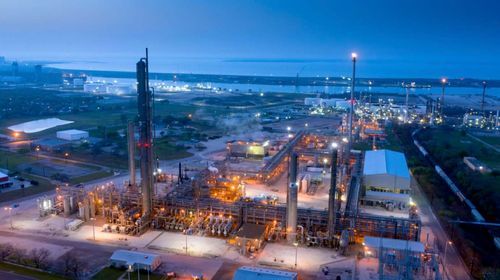U.S. oil major ExxonMobil is pursuing a number of business lines in the low-emission materials space that could make it one of the largest players in the electric vehicle market.
While oil and gas still reigns at Exxon, the giant is making strides into clean ammonia through its Baytown facility, and is adding investments into Proxxima, a maker of lightweight rebar, and in a carbon materials segment that will make graphite for the EV battery market.
Through Proxxima, Exxon has acquired the licensing rights for Neovakas Corporation’s composite manufacturing rebar process, which combined with Exxon’s Proxxima thermoset resin system can create lightweight rebar from lower-value gasoline molecules.
One of the use cases for the rebar is lightweight battery boxes for electric vehicles.
Meanwhile, through its Carbon Materials segment, Exxon has developed proprietary technology producing feedstock for graphite at scale for the EV battery market.
Both the Proxxima and Carbon Materials segments have total addressable markets of $30bn each by 2030, Woods said on an investor call.
The irony of Exxon moving into these markets is not lost on Woods.
“Some might find it ironic,” he said. “But with the work we’re doing in lithium for cathodes, graphite for anodes, Proxxima as a lightweight battery case and the plastics, lubricants, and cooling fluids we already provide, we may become one of the most important players in a new automotive age of EVs.”
Exxon was able to find these opportunities through its access to low-cost feedstock and technological capabilities to make a product that meets a market need, Woods said.
Still, the executive added that it was still early days for these business segments, and that the company is still working on scaling the technologies and commercializing them.
“Those businesses have the potential to get fairly large moving forward in the next, call it, five to 10 years, and multiple billions of dollars,” he said. “The plan today has investments that grow both of those businesses in the early stage to demonstrate the value proposition that we believe is there. And assuming as we go through the next few years that we see what we expect to see there, then we will ramp up the spending and build those into the plans to build on the early successes that we’re seeing.”





